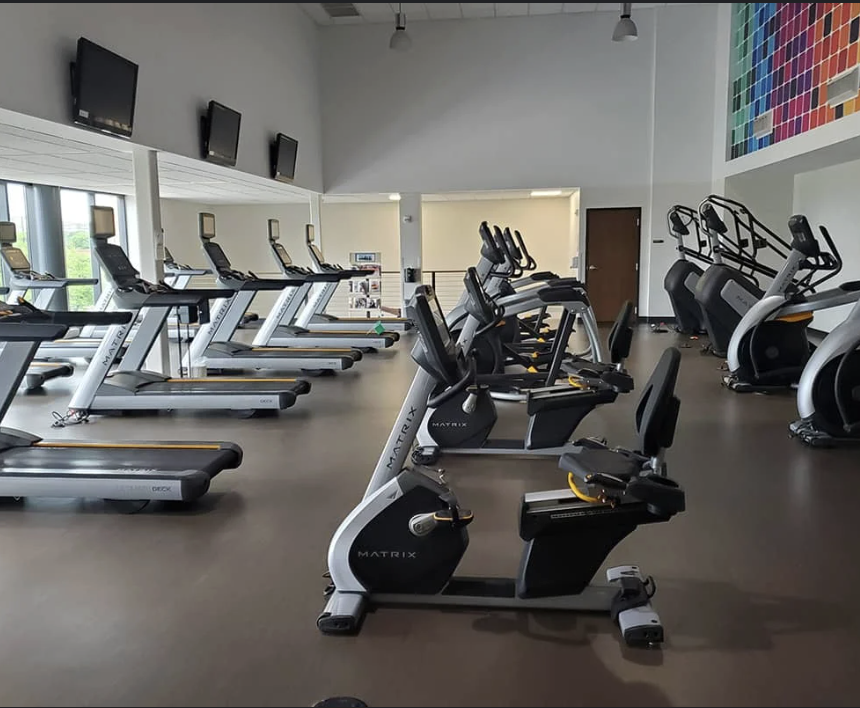The crisp smell of fresh pages and a line of book spines neatly arranged against rows upon rows of shelves are what come to mind when I think of a library.
However, such a romantic image has been met with people’s dwindling interest. At WHS, a survey of 171 students showed that 66.1% of students never visited their local library, 31% visited one to three times a week and 2.9% frequented the library four to six times a week.
Librarian Tania Coday-Voss has observed similar trends in the WHS library. “Unfortunately, I think that students don’t see the library as a place to gather collaboratively. It might be because we went to an online world after 2020 with COVID-19, and so the reconnection has taken a lot of time,” Coday-Voss said. “The first year we came back, there was little to no interaction between students, but now I’m slowly starting to see the comfort level lifting [up].”
Despite plummeting student interest, libraries are more relevant than ever. As teens on our journey of self-discovery, libraries are places of personal growth and reinvention, providing a space to steer through the information age, engage in dynamic civic conversations and preserve culture.
Students often don’t realize the vast expanse of resources that their local libraries provide. At our school library, I wasn’t even aware of the research tools and databases we had access to until I wrote this article. 82.1% of students reported that they have never used the library’s online platforms, such as ProQuest or SIRS Discoverer, which store historical documents and reference resources for students to develop their research and composition skills.
According to data collected by WordsRated, an international analytics research group, library visits have been on a steady decline since 2010. This is a trend that is consistent with the recent disappearance of “third places,” or public spaces where individuals can connect with others outside of home and work. Physical third places have begun to deteriorate following the COVID-19 pandemic, and the rapid digitization of socialization that has made virtual communication far more convenient and efficient.
Many public libraries have started upscaling their efforts to attract public interest. Similar to how reading has become more accessible through digitized literature and how research has become more streamlined through online databases, libraries have followed suit in evolving their versatility. The public library might be the most quintessentially American institution that stands for the freedom of expressing our ideas. Libraries give us all the ability to choose and peruse any material our hearts desire.
With libraries across the nation undergoing a transformation phase as they transition from print to electronic formats, the collection of free and accessible information the library provides remains constant. Libraries are not just storage rooms for books collecting dust, but can serve as community centers and meeting places.
The LA County Library system currently hosts vaccine clinics, virtual programming courses in financial literacy or job training and even pathways to earn a high school diploma. Libraries have remained accessible to all — individuals don’t need an exclusive invitation to visit and utilize the resources provided by their local library.
Libraries are the life force of our communities. The stories that they hold are the connective tissue between us as sources of shared focus, curiosity and tranquility amid the activity of our daily lives. Although the repository of information seems overwhelming, librarians can help students navigate and find the proper resources they need. In my own experience, Ms. Coday-Voss was incredibly willing to show me all the accessible databases, and directed me to relevant materials.
Amid the widespread digitization of modern society shifting the ways we access materials, the purpose of libraries remains the same: to help individuals stay informed, share their thoughts and gather together.








